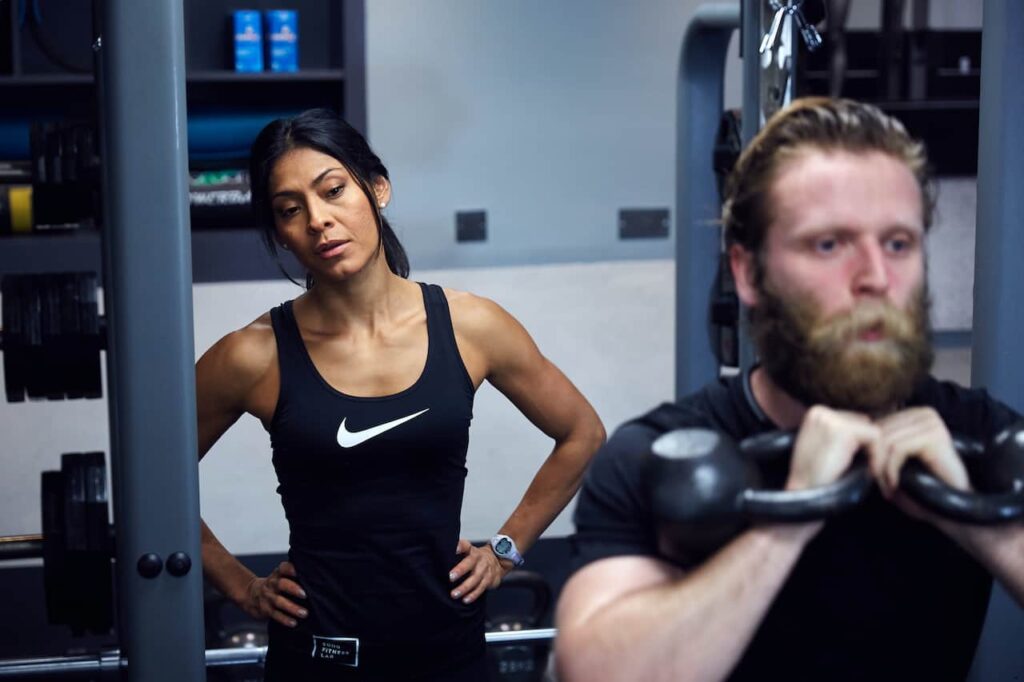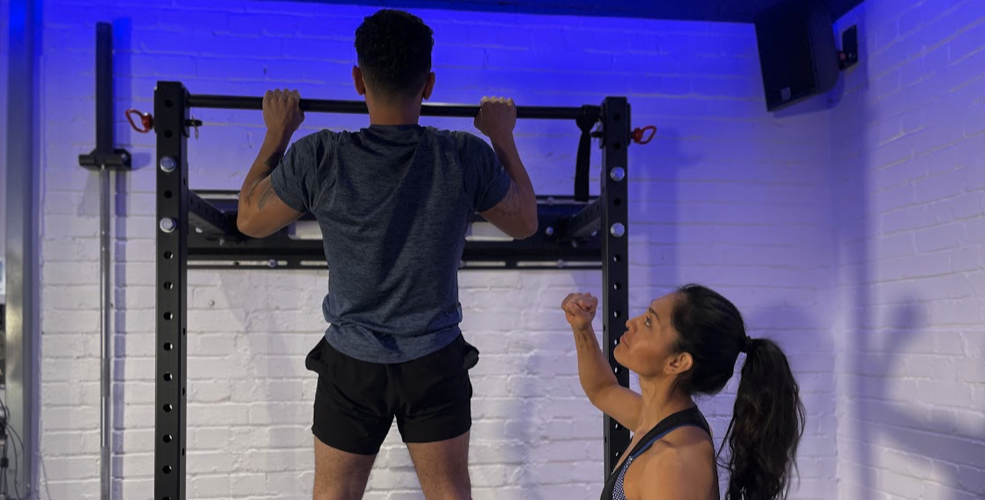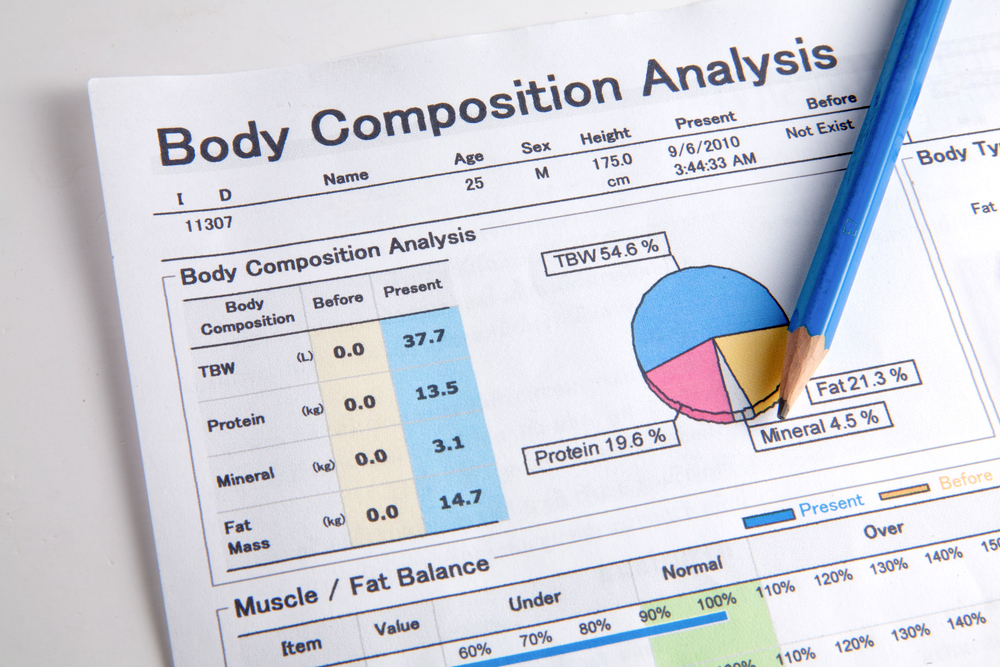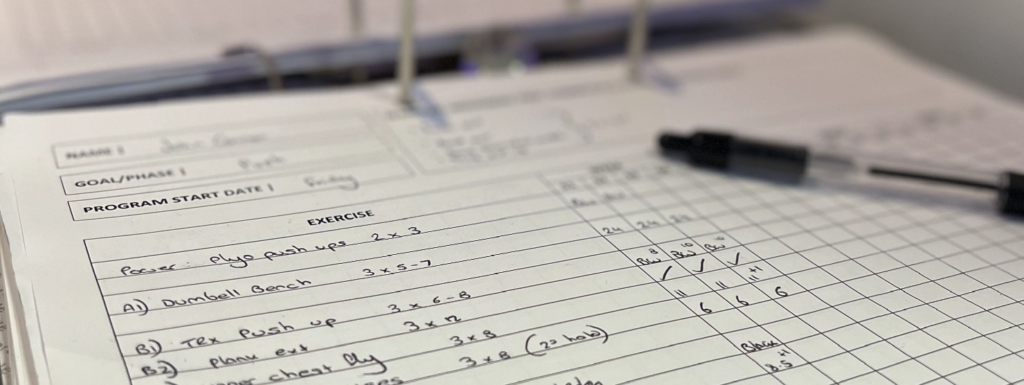Everyone has specific areas they’d like to lose fat first. Maybe you’d like to see a little more definition in your arms, or maybe have a flatter stomach.
We are all predisposed to hold fat in some places more than others, conversely, we’re also all disposed to lose it in certain areas first.
However, there’s not hard and fast rule for where we hold our fat and where we lose it first. There a few elements that go into determining where you’ll shed pounds from initially, your genes, hormones and current weight all play a part.
When it comes to genetic predisposition, it’s unfortunately out of your hands. However, there are steps you can take when it comes to hormonal factors. Estrogen may cause women to accumulate more weight around their hips and thighs. Meanwhile, higher levels of testosterone in men help them build muscle and burn off fat in their 20s and 30s.

As you get older, your testosterone levels drop, which is one reason why both sexes tend to gain more weight around their midsections as they get older. You can go some way to counteract this by making lifestyle and diet changes to offset some of that testosterone drop-off, including regular strength training.
Other hormones like cortisol (the stress hormone), insulin, ghrelin, and leptin impact weight. You can keep these in check by managing your stress levels, diet and sleep.
There’s no such thing as ‘spot fat loss’

Let’s get this out of the way early. There’s no way you can target specific areas for fat loss through training.
Any workout you’ve been told will ‘blast belly fat’ is a fraud.
We can build muscle in certain areas to make them look more defined, but you can’t choose where you burn fat from. As long as you’re in a calorie deficit, you’ll lose weight (check out some of our other blogs on how to make sure as much of that weight as possible comes from fat not muscle).
It can be frustrating when you feel like you’re losing fat everywhere but the area you really care about, but if you stay the course that stubborn fat will shift eventually.
What does fat loss look like when you begin personal training?
There’s no one answer to this question. There are numerous factors, including current weight and body fat %, daily activity, training history, age, gender and a myriad of others that determine what your fat loss journey will look like.
Where you start from determines what the first few weeks will look like, but what’s most important is setting realistic expectations and establishing sustainable habits. You might see a significant drop in weight over the first few weeks of training and dieting, but this is often dropping initially water weight that can come with eating in a caloric surplus.

Your body weight and composition can fluctuate day to day, depending on what you’ve eaten, drunk, how you’ve slept, and the training you’ve done recently. It’s therefore important to look at the general trend you see on the scales, rather than getting caught up in the day-to-day.
A drastic change in weight in the short term isn’t desirable for most people. First of all, because it’s unlikely to be sustainable – but also because losing weight that fast is likely to play havoc with your hormones, which, as mentioned earlier, may play havoc with your ability to lose fat specifically.
How long will it take to lose 10lbs?
Again there’s no catch-all answer for this question.
As a very broad rule of thumb, safe sustainable weight loss is somewhere between 0.5-1lbs a week. With that in mind, 10lbs in 2.5-5 months would be a good target for most to aim for.
If your body fat levels are very high, this may be faster.
What’s a good fat loss goal to aim for?
While it’s always good to have an end goal in mind, it’s more important to set milestones to shoot for. Again, this is a broad rule of thumb, for men a body fat% of 15-20 is where most people will feel and look at their best. For women it’s probably closer to 20-30.
Rather than only setting the end goal, think about the points to get there. If you’re a man currently sitting at 35% body fat, don’t get caught up on being 15%. Set yourself the target of 30, 25, 20. When you hit those milestones, take the time to check in with yourself, how you’re feeling and how far you’ve come.
Weight loss vs Fat loss
For most people, a weight loss goal would perhaps be better defined as a fat loss goal.
Losing fat while maintaining or even building muscle is what most people strive for. If you were to lose weight by losing an equal amount of body fat and muscle, your body composition (your ratio of fat to muscle) would remain the same.

Meaning you’re essentially in the same position you started, just smaller and most likely hungrier!
Fat loss is therefore more complex than simply being in a calorie deficit. Cutting calories too drastically and not paying attention to the balance of macronutrients can lead to excessive muscle loss.
When we’re tracking progress towards a fat loss goal, the total weight is not the most important metric. What’s more important is the body fat%. If your total weight stays the same, but body fat% goes down that means you’ve more than likely managed to put on a muscle to replace that fat. While you may weigh the same, you’ll feel, perform and look better.

